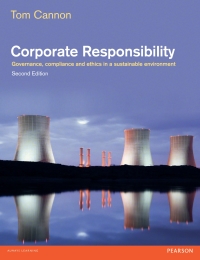




The Brick Company had cash sales of $227,000 for Year 1, its first year of operation. On April 2, the company purchased 238 units of inventory at $180 per unit. On September 1, an additional 179 units were purchased for $198 per unit. The company had 51 units on hand at the end of the year. The company's income tax rate is 40 percent. All transactions are cash transactions. Required a. The preceding paragraph describes five accounting events: (1) a sales transaction, (2) the first purchase of inventory, (3) a second purchase of inventory, (4) the recognition of cost of goods sold expense, and (5) the payment of income tax expense. Show the amounts of each event in horizontal statements models like the following ones, assuming first a FIFO and then a LIFO cost flow. b. Compute net income using FIFO. c. Compute net income using LIFO. e. Which method, FIFO or LIFO, produced the larger amount of assets on the balance sheet? Required A Required B Required C Required E The preceding paragraph describes five accounting events: (1) a sales transaction, (2) the first purchase of inventory, (3) a second purchase of inventory (4) the recognition of cost of goods sold expense, and (5) the payment of income tax expense. Show the amounts of each event in horizontal statements models like the following ones, assuming first a FIFO and then a LIFO cost flow. (In the Cash Flow column, use the initials OA to designate operating activity, IA for investing activity, FA for financing activity, NC for net change in cash and NA to indicate the element is not affected by the event. Round your final answers to the nearest whole dollar amount. Enter any decreases to account balances and cash outflow with a minus sign.) Show less THE BRICK COMPANY Effect of Events on Financial Statements Panel 1: FIFO Cost Flow Balance Sheet Income Statement Cash Flows Event No. Cash + Inventory Retained Earnings Revenue Expenses Net Income 1. + 2. + 3. + = = 4. + 5. + Bal. 0 + 0 = 0 0 - 0 = = 0 0 Panel 2: LIFO Cost Flow 1. + 2. + 3. + + + + + + 4. + = 5. + = Bal. 0 0 0 0 = 0 0 Required A Required B Required C Required E Compute net income using FIFO. (Round your final answer to the nearest whole dollar amount.) Net income assuming FIFO cost flow Required A Required B Required c Required E Compute net income using LIFO. (Round your final answer to the nearest whole dollar amount.) Net income assuming LIFO cost flow Required A Required B Required c Required E Which method, FIFO or LIFO, produced the larger amount of assets on the balance sheet? Method











